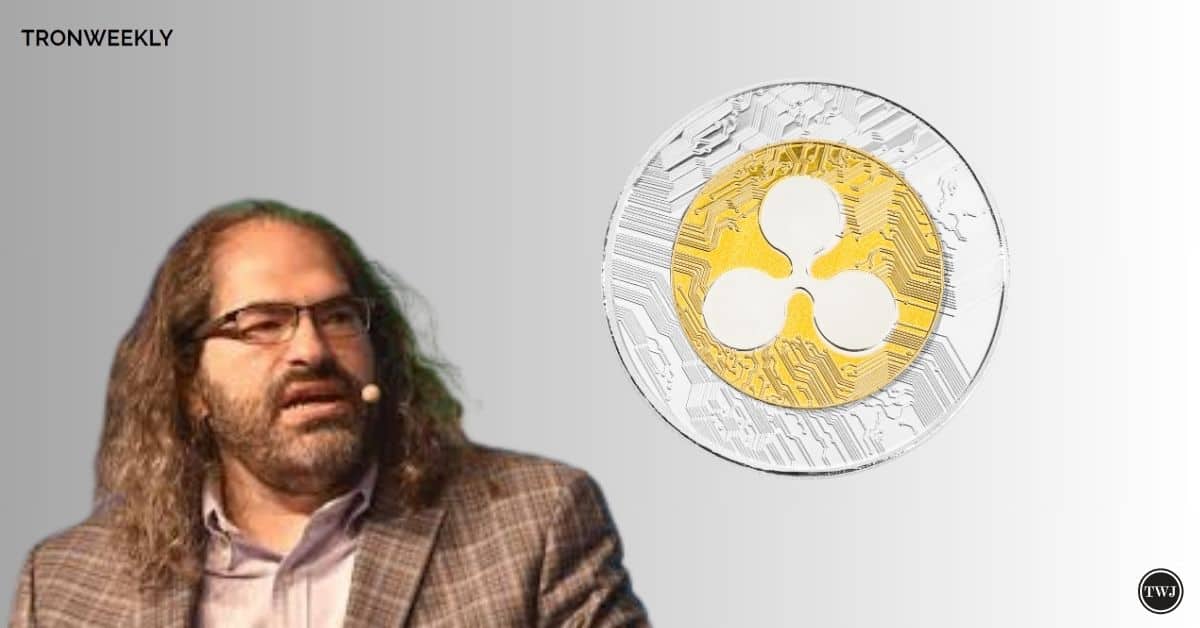
Ripple’s Chief Technology Officer, David Schwartz, has entered the fray of the ongoing legal battle between the Crypto Open Patent Alliance (COPA) and Craig Steven Wright (CWS). Schwartz has focused on a crucial element of the case: the controversial practice of backdating documents. The central point of contention revolves around whether Wright’s actions, particularly his admission of backdating documents, provide legitimacy to his assertion of being Satoshi Nakamoto, the anonymous creator of Bitcoin.
Former Goldman Sachs official Jerry David Chan contended that backdating documents shouldn’t outright discredit Wright’s assertion of being Satoshi. He suggested that such actions could be construed circumstantially, attributing them to what he described as an “anti-Craig Cartel” backed by influential figures from Silicon Valley, including financial heavyweights like Mastercard and Bitmex funders.
Contrary to Chan’s stance, Ripple Chief Schwartz rebuffed the notion. He argued that Wright’s admission of backdating documents constitutes compelling evidence against his claims to Satoshi’s identity. Emphasizing the standard of proof as something convincing to a reasonable person, Schwartz highlighted that the backdating implies a lack of genuine documentation, thereby casting a shadow of doubt over Wright’s assertions.
Ripple’s CTO Challenges Wright’s Backdating Admission
The courtroom proceedings disclosed Wright’s acknowledgment of backdating documents, a practice he deemed commonplace. For Schwartz, this admission further erodes Wright’s credibility as Satoshi Nakamoto. He posited that the true Satoshi would possess authentic documentation, rendering the need for backdating unnecessary.
Amidst the ongoing legal battle between COPA and Wright, the dispute over his true identity intensifies. Divergent viewpoints from industry heavyweights like Jerry David Chan and Ripple Chief David Schwartz heighten the debate on whether Craig Wright truly represents Satoshi Nakamoto in the cryptocurrency sphere. This controversy underscores the significance of Wright’s claims and prompts a deeper examination of his credibility within the crypto community.
The contrast in opinions highlights the intricate nature of the case and its impact on the broader cryptocurrency landscape. As new information surfaces and undergoes scrutiny, the quest to uncover the mysterious identity of Satoshi Nakamoto intensifies, capturing the attention of the crypto community. Each revelation propels the investigation further, fostering anticipation for the next development in this ongoing legal narrative. The depth of analysis and ongoing speculation surrounding this saga serve to underscore its significance and the fervor with which stakeholders await further insights.










